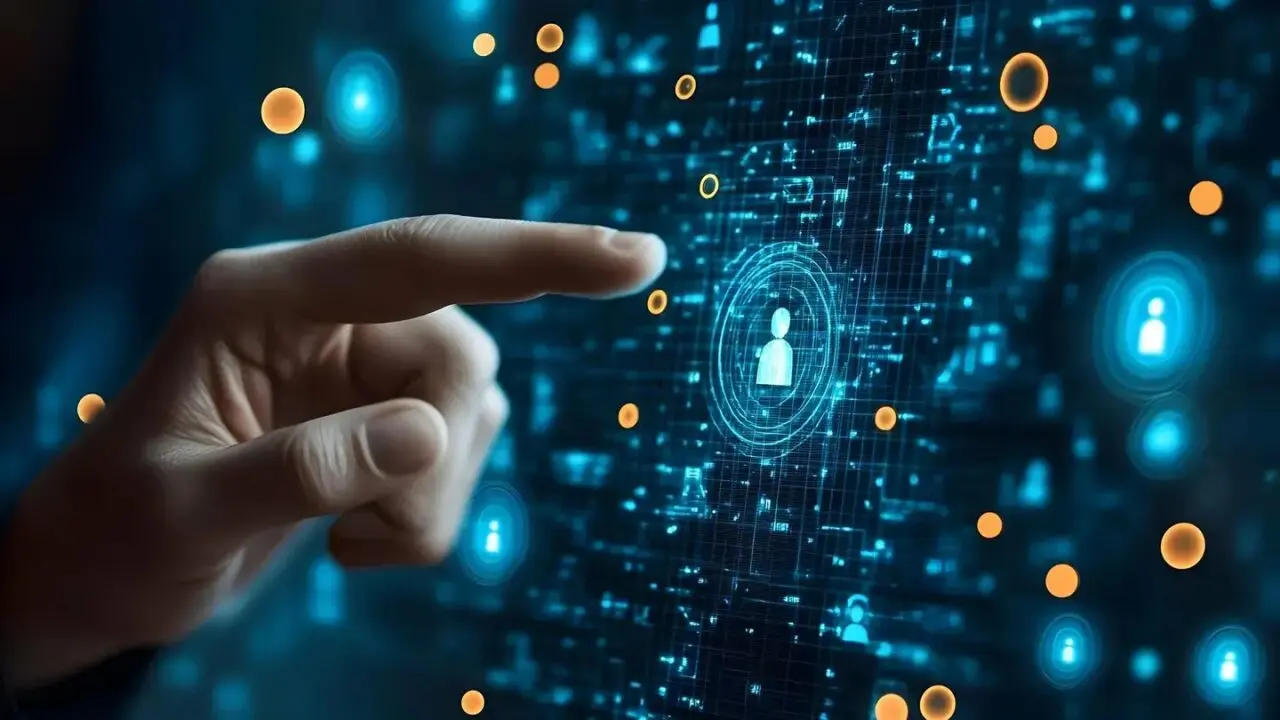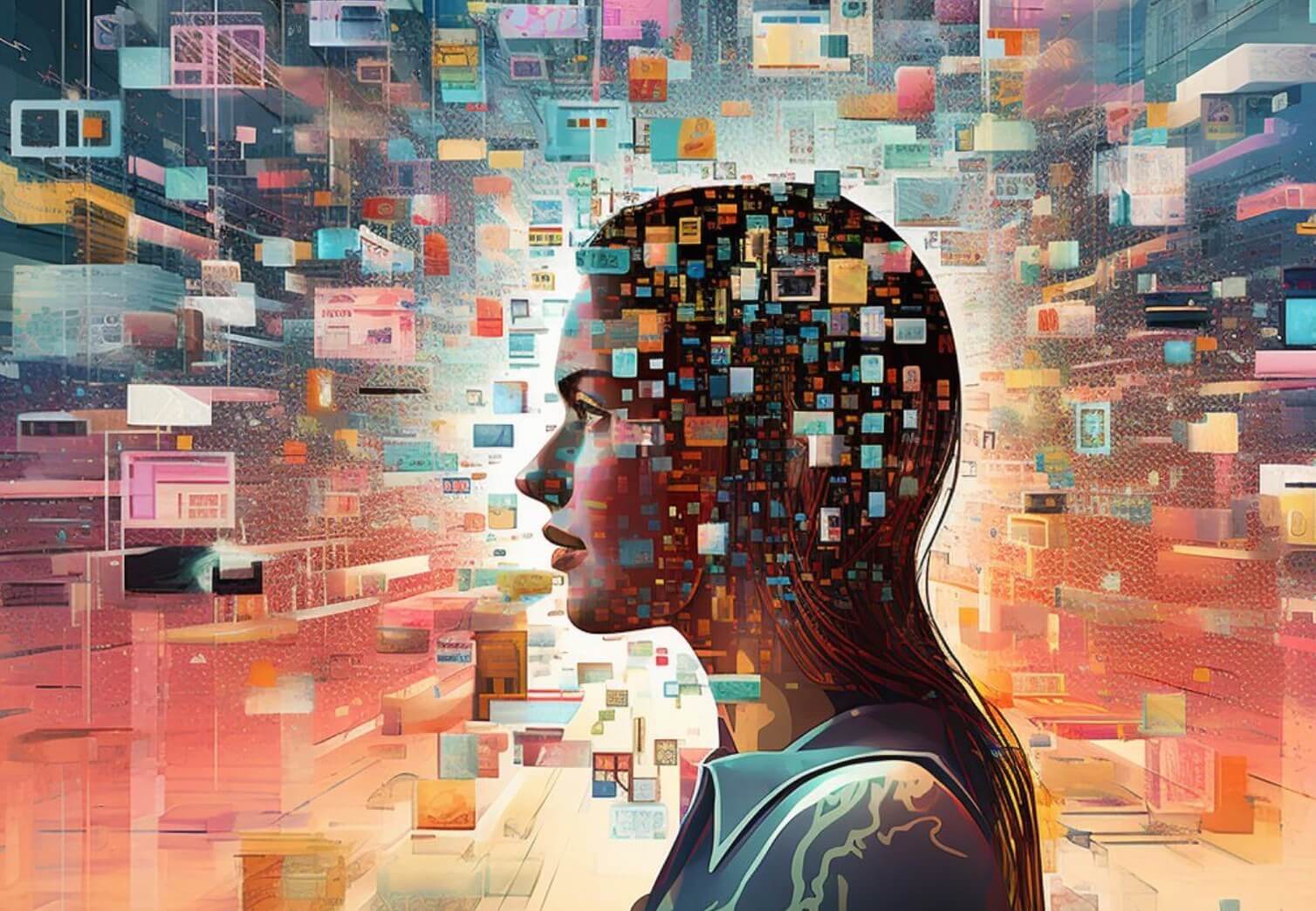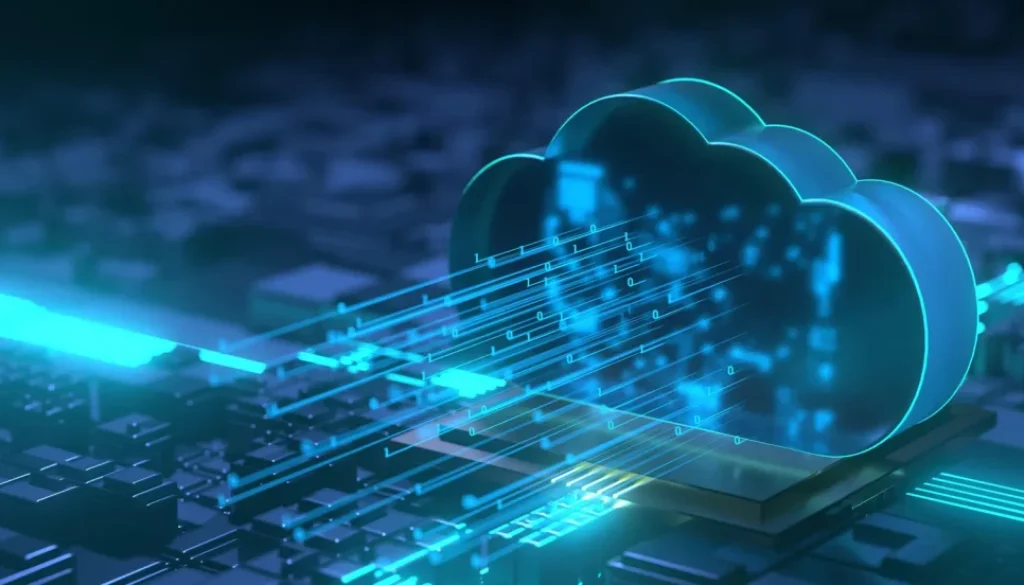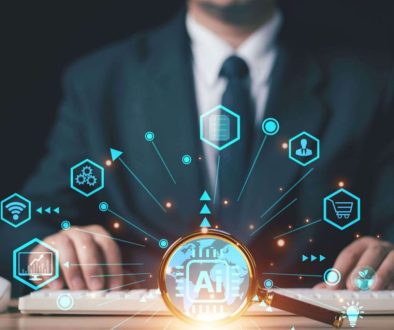The Future of the Web: How Emerging Technologies Are Transforming the Digital Landscape
The internet is no longer just a tool—it’s the backbone of global communication, commerce, and innovation. Over the past decade, the web has evolved from static pages to dynamic, interactive platforms that power everything from entertainment to financial systems. As we move deeper into 2025, new technologies are reshaping the way we experience and use the web, creating opportunities for businesses, developers, and everyday users alike.
From artificial intelligence (AI) to Web3 and immersive experiences, here’s how the digital world is transforming—and what it means for the future.
AI-Driven Web Experiences
Artificial intelligence has rapidly become one of the most influential forces on the internet. What began as recommendation engines and chatbots has evolved into sophisticated systems capable of powering entire digital ecosystems.
Key applications shaping the modern web include:
-
Personalization – AI analyzes browsing behavior and preferences to deliver tailored content, product recommendations, and targeted ads.
-
Generative AI – Tools like ChatGPT, Midjourney, and others allow creators and businesses to generate text, images, and videos at scale, making content creation faster and more cost-effective.
-
AI-Powered Search and Assistants – Search engines are evolving into conversational AI platforms that understand context and deliver more precise results.
-
Fraud Detection and Security – AI monitors user behavior to detect unusual activity, protecting consumers and businesses from cyber threats.
These innovations not only enhance user experiences but also open new opportunities for businesses to connect with audiences more efficiently.
The Rise of Web3 and Decentralization

The concept of Web3—a decentralized, user-driven internet—continues to gain momentum in 2025. While still in its early stages, Web3 technologies are transforming how we think about online ownership, data privacy, and financial systems.
Key elements of Web3 include:
-
Blockchain and Smart Contracts – Enabling transparent, secure transactions without intermediaries, powering everything from decentralized finance (DeFi) to real estate contracts.
-
NFTs and Digital Ownership – Beyond art, NFTs now represent ownership of virtual goods, event tickets, and even real-world assets.
-
Decentralized Applications (dApps) – Apps that run on blockchain networks, offering users more control and transparency.
-
Tokenized Economies – Allowing creators and businesses to build communities where users are rewarded for participation and engagement.
For businesses, understanding and experimenting with Web3 can create new revenue models and help establish early adoption advantages.
The Evolution of E-Commerce
The web continues to drive the growth of global commerce, with e-commerce sales expected to exceed $7 trillion annually by 2030. However, the way people shop online is evolving rapidly, driven by technology and consumer preferences.
Trends reshaping e-commerce include:
-
Immersive Shopping Experiences – Augmented reality (AR) and virtual reality (VR) allow consumers to “try before they buy” by visualizing products in their homes or trying on virtual clothing.
-
Social Commerce – Platforms like Instagram, TikTok, and YouTube are becoming shopping destinations, blending entertainment with transactions.
-
Voice Commerce – Smart speakers and voice assistants are enabling hands-free purchasing experiences.
-
AI-Powered Customer Journeys – Predictive analytics help retailers recommend products and streamline checkout processes.
For online retailers, adopting these tools isn’t just about staying competitive—it’s about meeting customers where they are and how they prefer to shop.
Cybersecurity: The Growing Priority
With increased reliance on the web comes heightened vulnerability to cyber threats. Data breaches, ransomware attacks, and identity theft are becoming more sophisticated, making cybersecurity one of the top priorities for businesses and governments alike.
Emerging solutions in 2025 include:
-
Zero Trust Architecture – A security framework that assumes no user or system is automatically trusted, reducing exposure to insider threats.
-
AI-Powered Threat Detection – Machine learning systems that can identify and respond to attacks in real time.
-
Multi-Factor Authentication (MFA) and Biometrics – From facial recognition to fingerprint scans, these tools add layers of protection for users.
-
Decentralized Identity Systems – Giving individuals more control over their data by storing credentials on blockchain networks.
For businesses, investing in cybersecurity is no longer optional—it’s a fundamental requirement for protecting brand reputation and customer trust.
The Growth of Edge Computing
The traditional cloud computing model is evolving with the rise of edge computing—processing data closer to where it’s generated rather than relying solely on centralized data centers.
This shift is crucial for industries and applications that require low latency and real-time processing, such as:
-
Autonomous vehicles
-
IoT (Internet of Things) devices and smart homes
-
Telemedicine and remote surgeries
-
Immersive gaming and AR/VR experiences
By reducing delays and bandwidth use, edge computing is paving the way for a faster, more responsive web.
The Push Toward Accessibility and Inclusion
As the web becomes more central to daily life, accessibility has become a critical focus. Governments and organizations are pushing for digital platforms to meet Web Content Accessibility Guidelines (WCAG), ensuring that people with disabilities can fully interact with online services.
Innovations driving accessibility include:
-
AI-powered captioning and translation tools to make content understandable for diverse audiences.
-
Voice navigation and screen reader compatibility for visually impaired users.
-
Customizable user interfaces, allowing individuals to adjust layouts, colors, and text for optimal usability.
Inclusive web design not only expands audiences but also builds goodwill and brand loyalty.

Final Thoughts: What the Future Holds
The web is no longer just a static platform for information—it’s a dynamic, interconnected ecosystem driving innovation across every industry. As AI, Web3, immersive experiences, and security innovations continue to evolve, businesses and individuals alike must adapt to thrive in this new era.
For developers, staying updated with emerging tools and standards is essential. For businesses, investing in technology and prioritizing user experience can mean the difference between leading the market and falling behind. And for everyday users, the future of the web promises more personalization, interactivity, and empowerment than ever before.
The next chapter of the internet is being written now—and those who embrace the change will shape the digital world of tomorrow.




